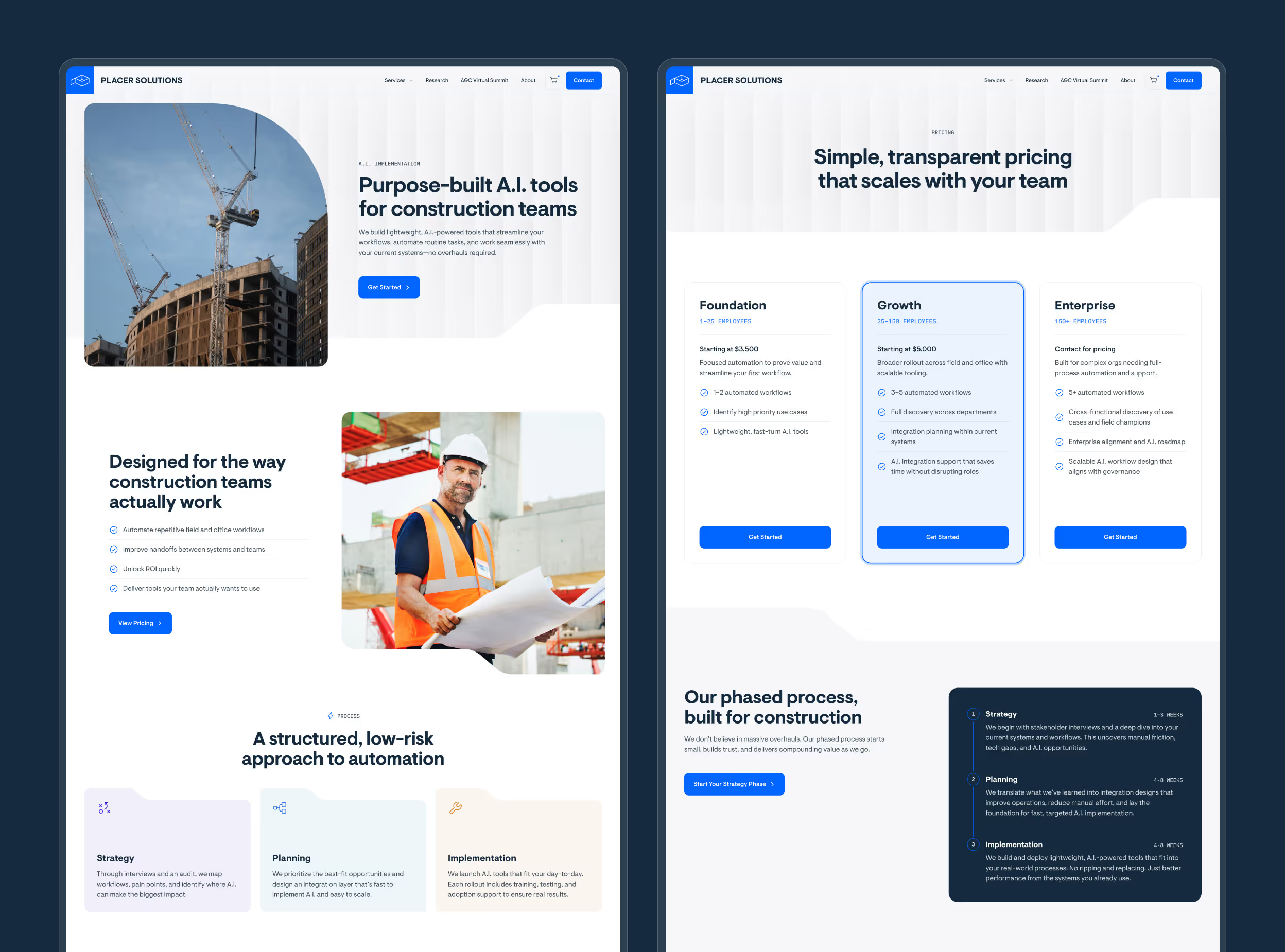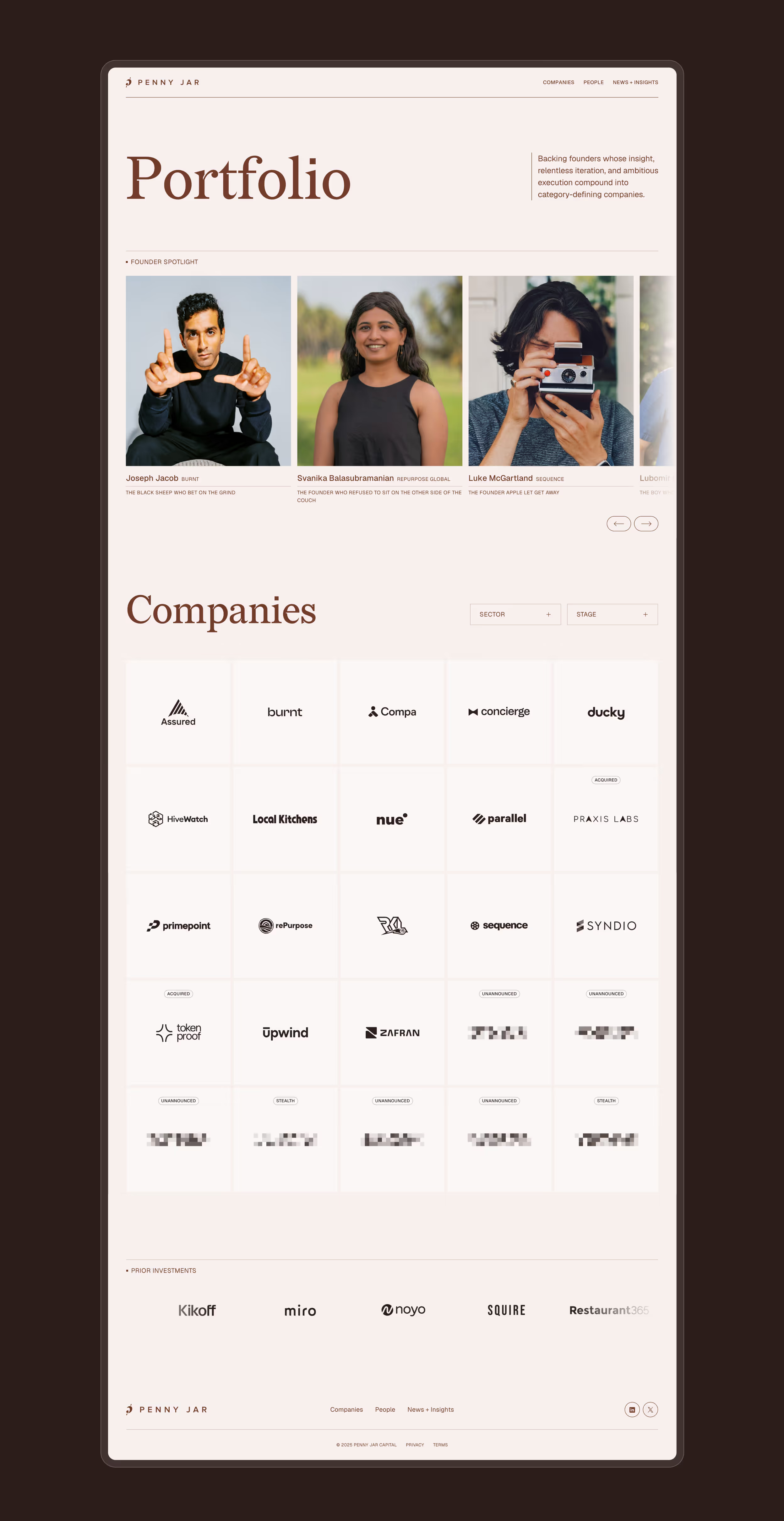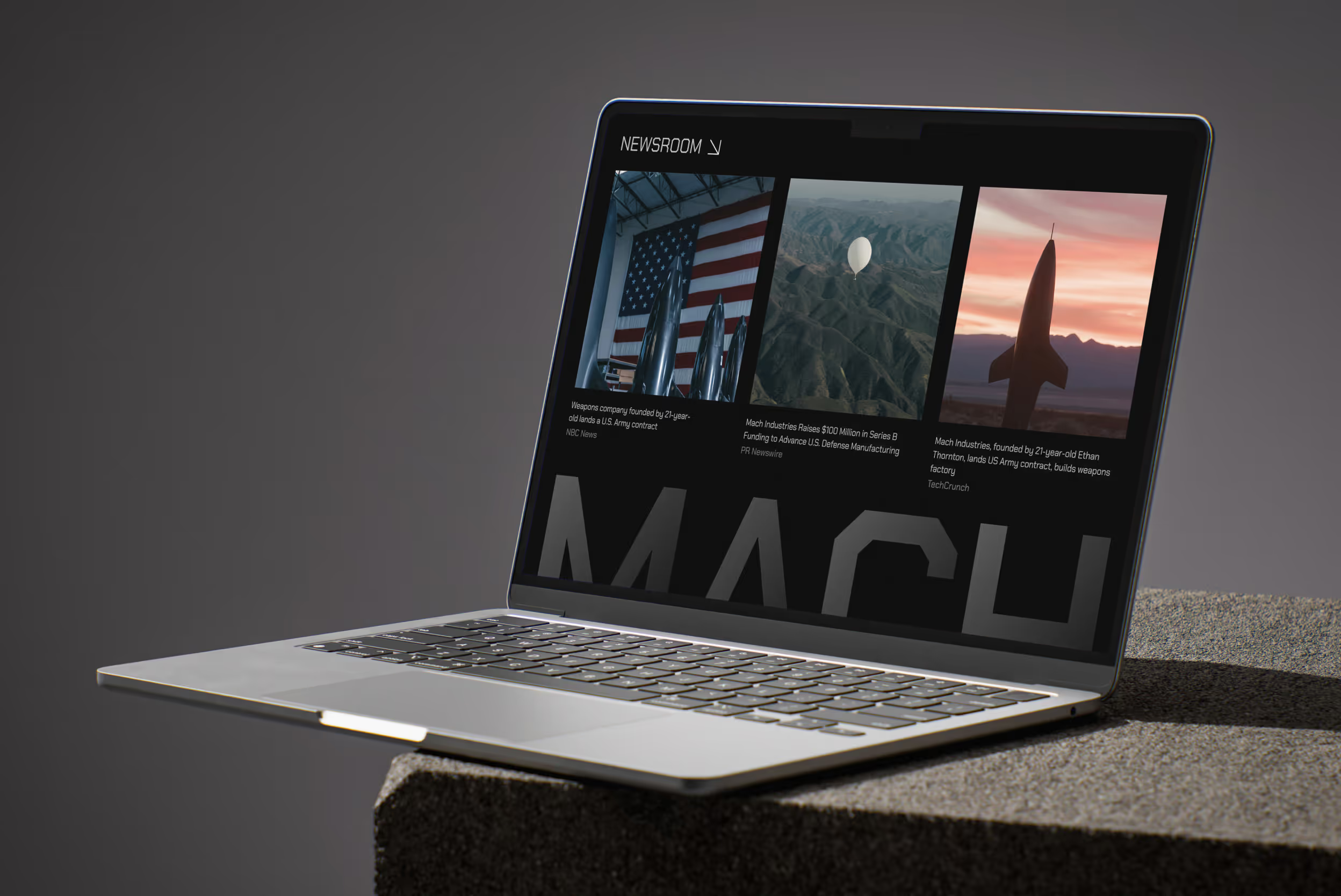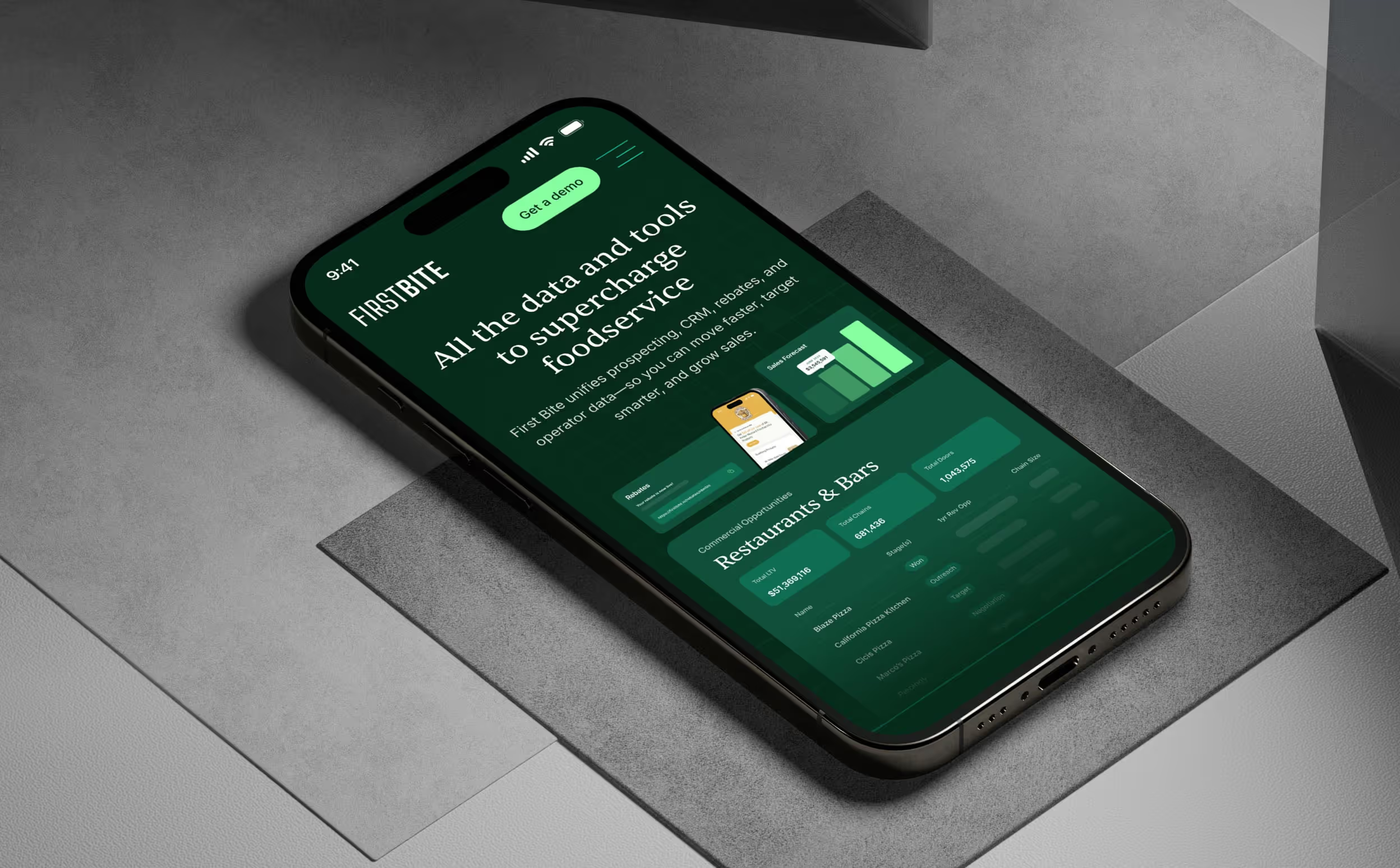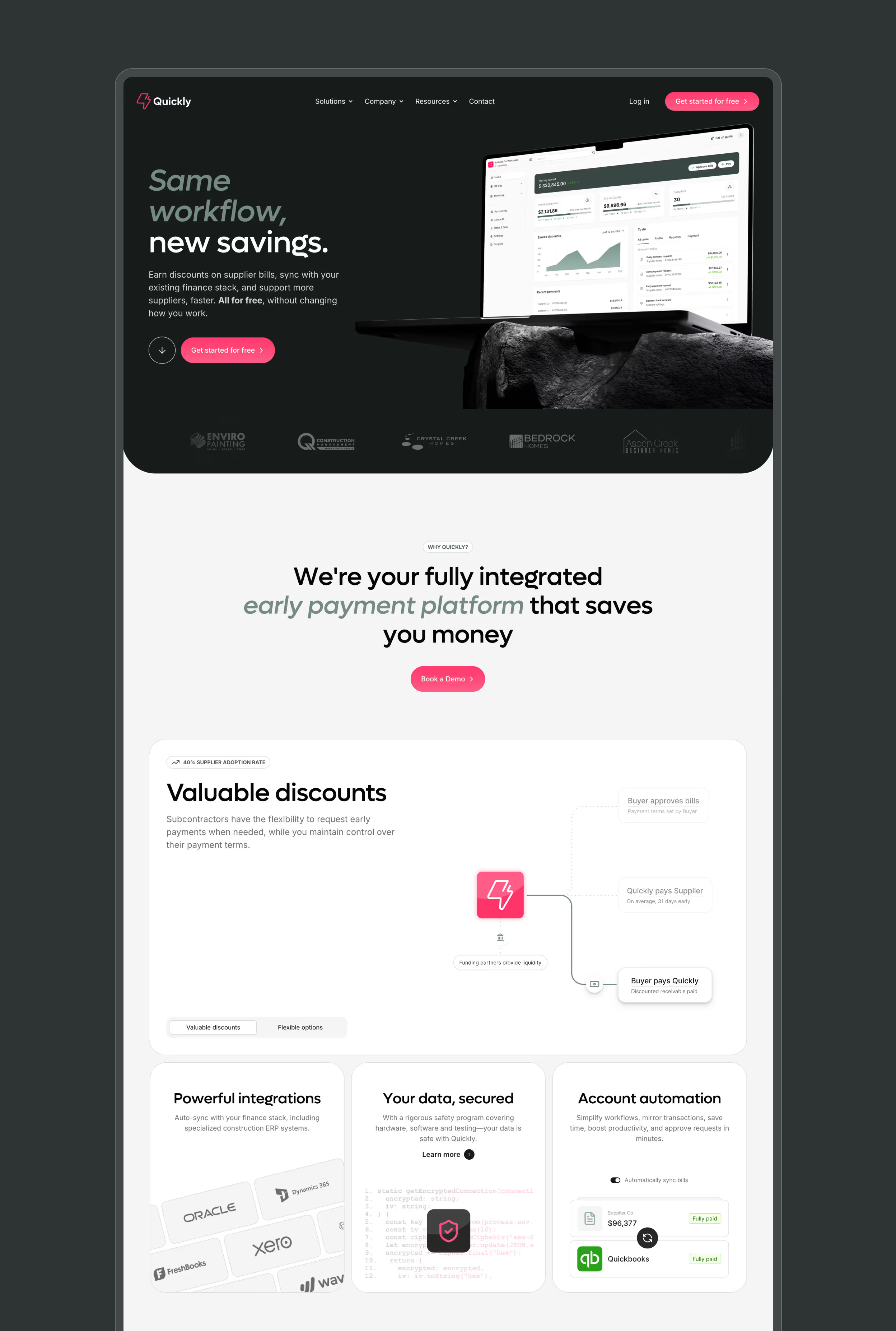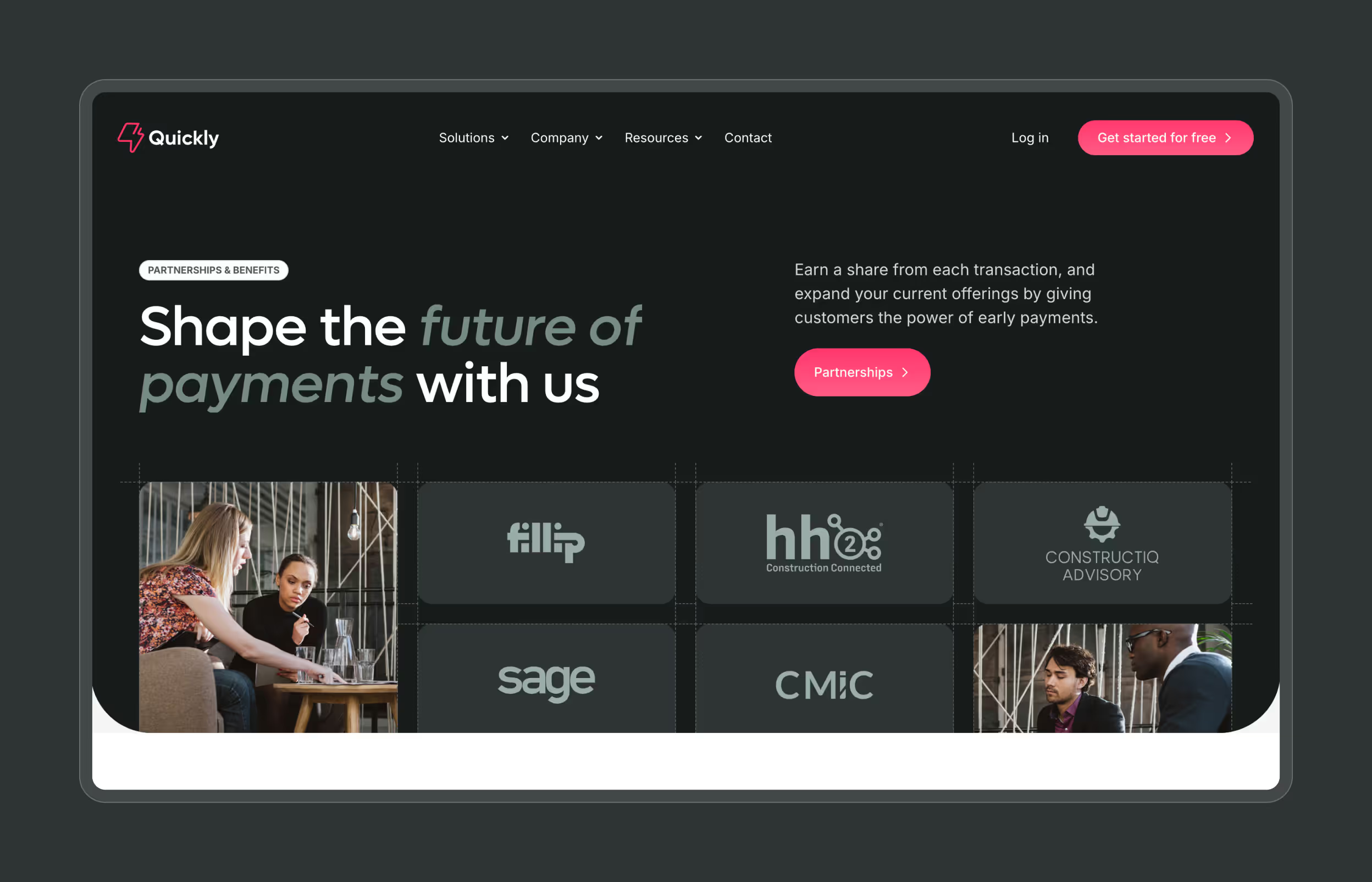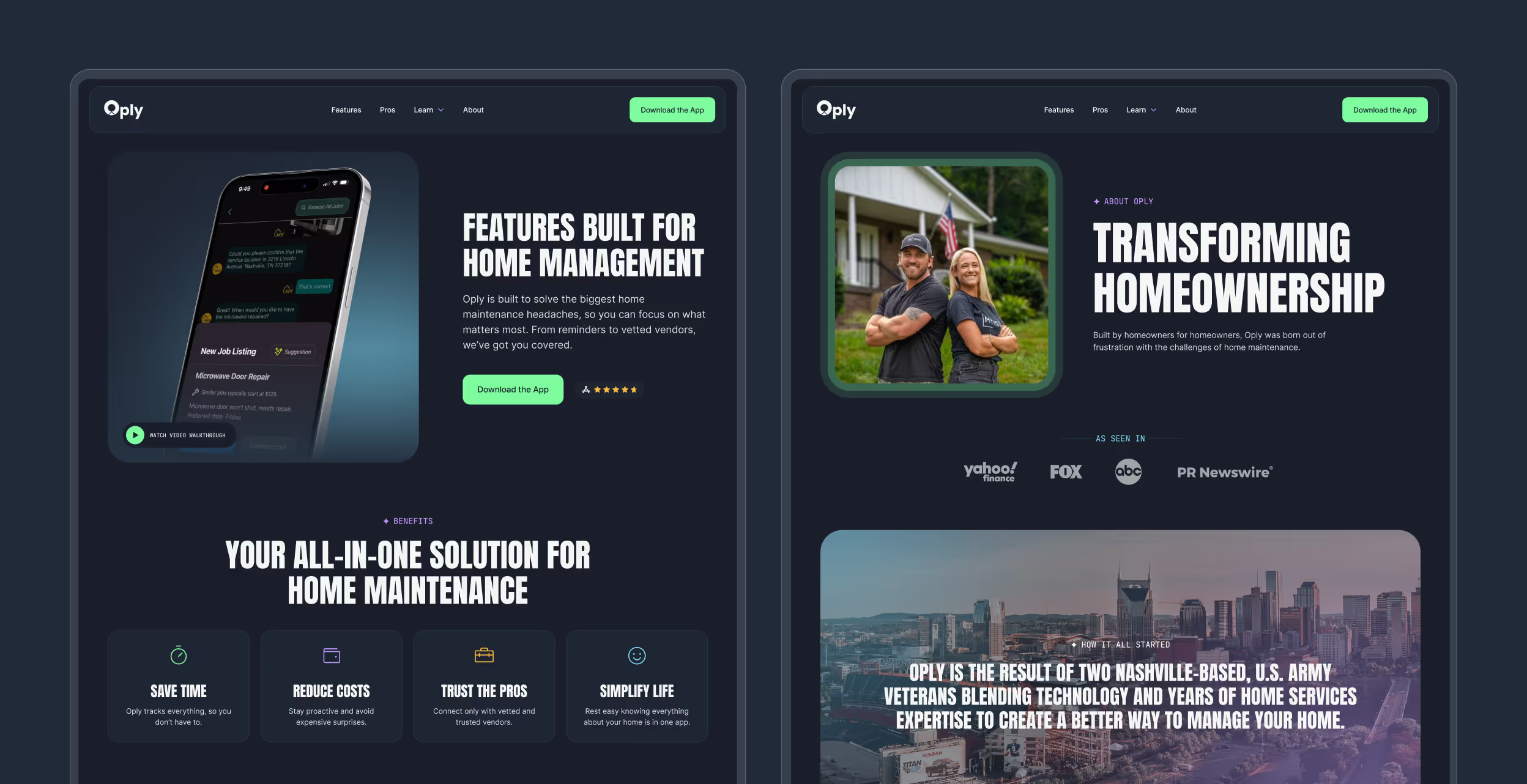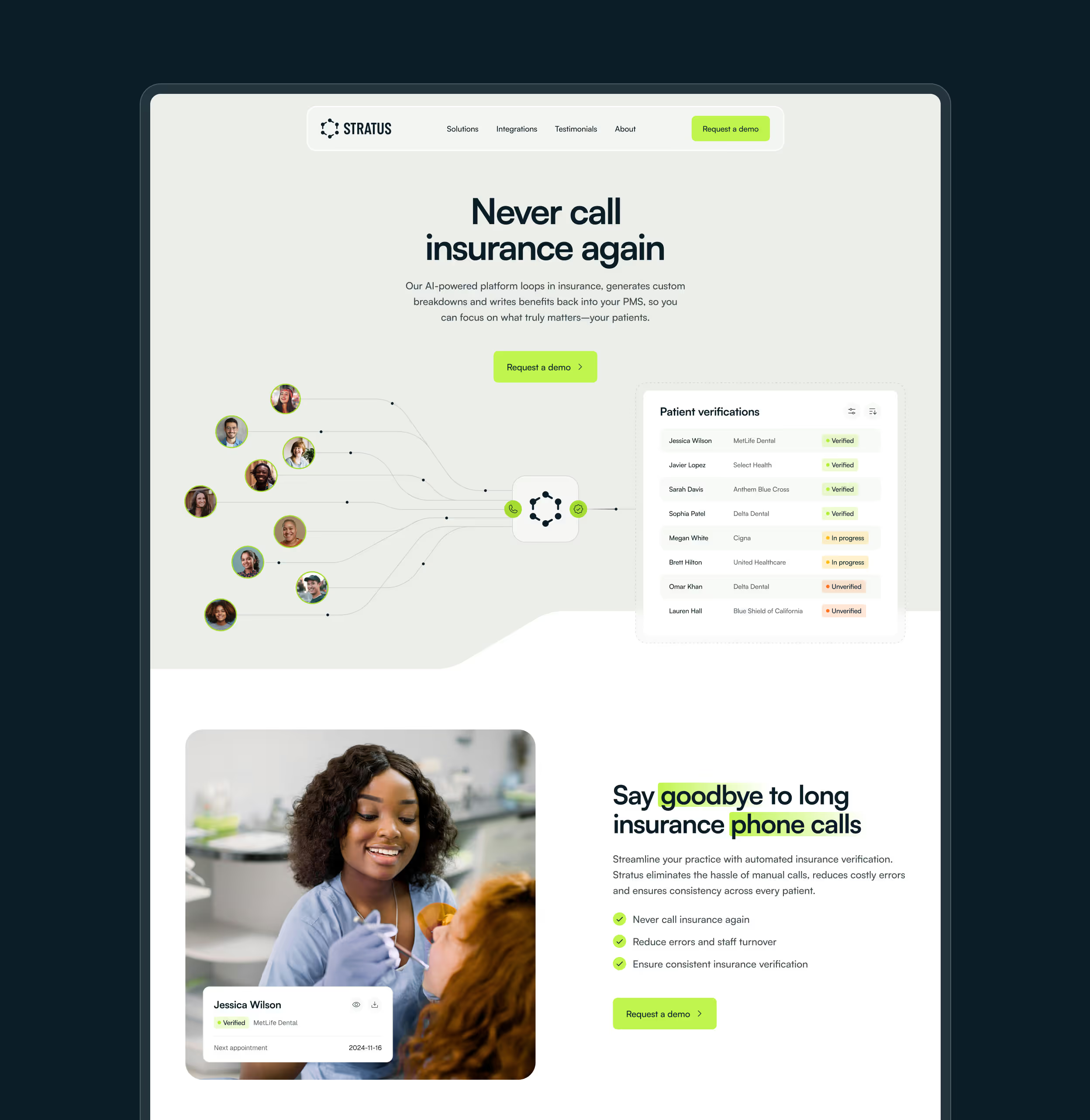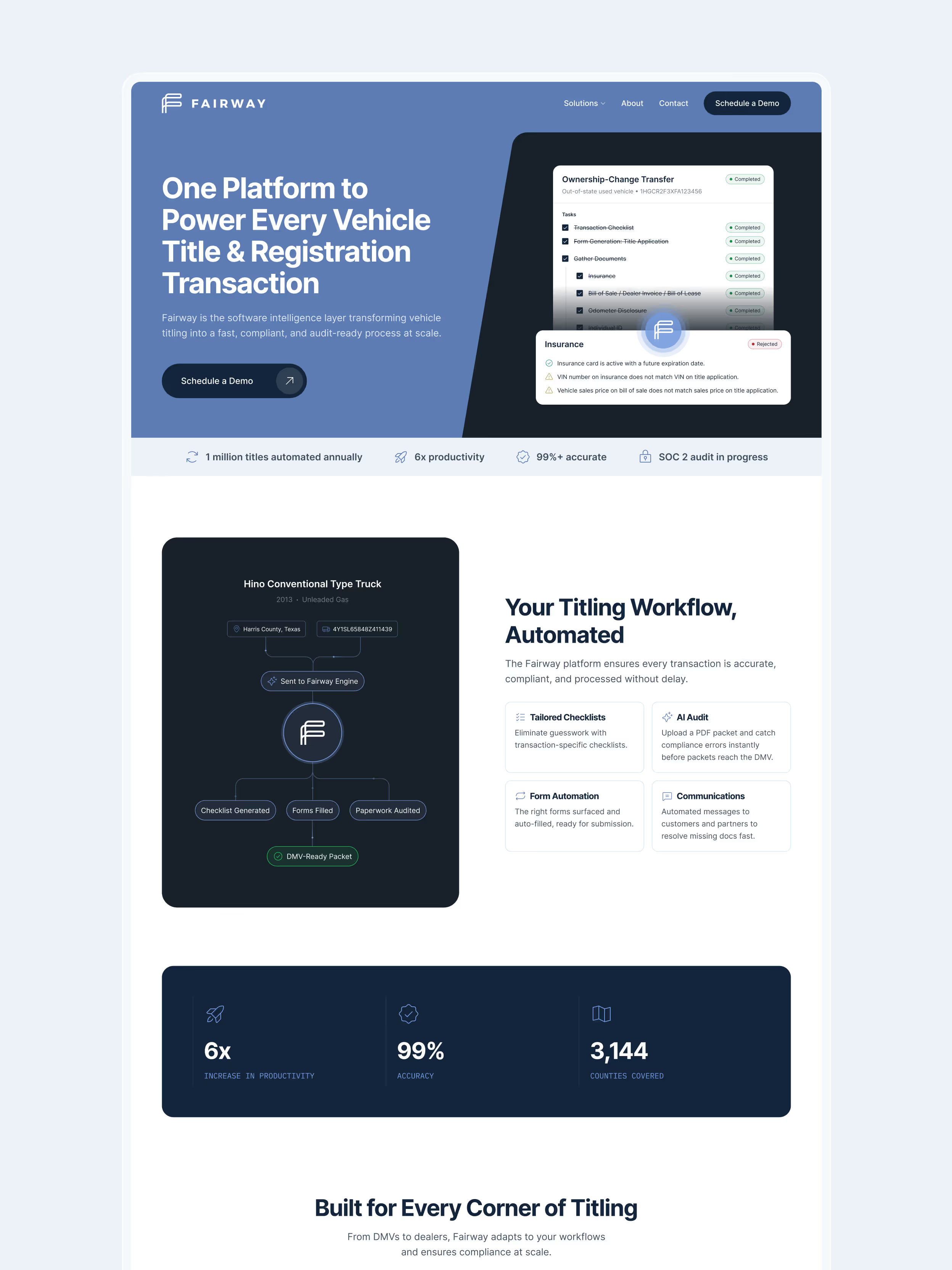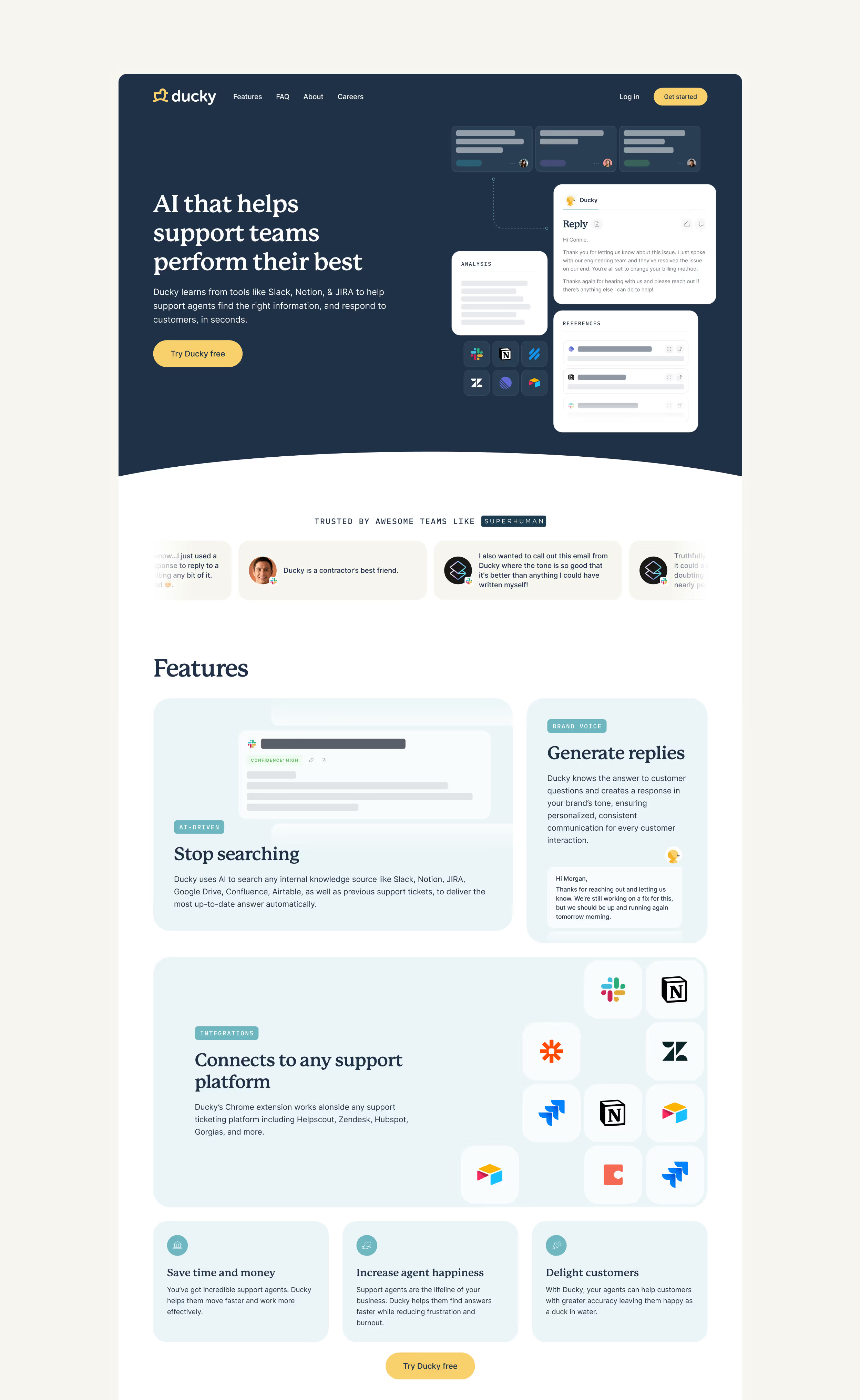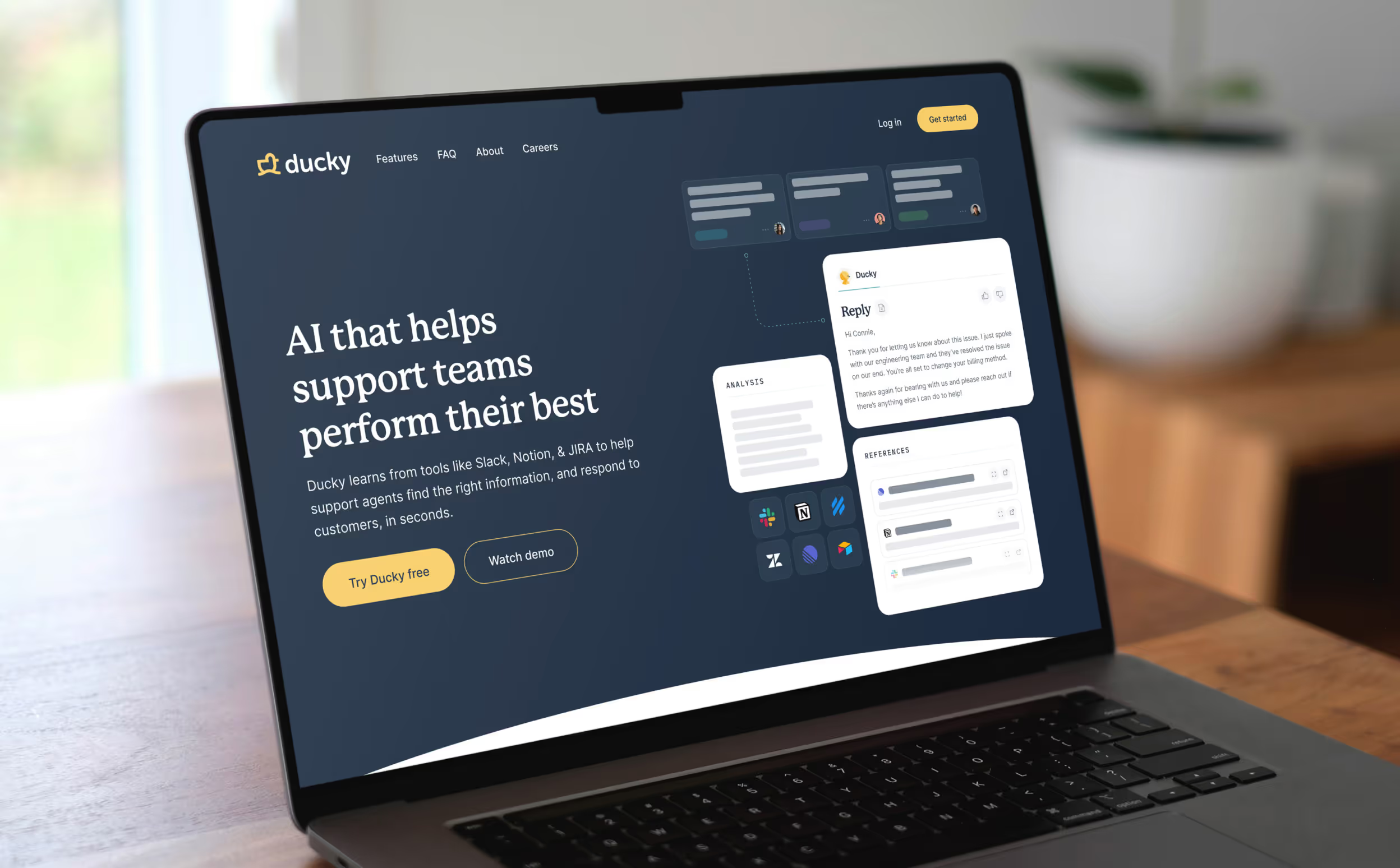Scaling Startups with Webflow
Scalable, conversion-focused Webflow websites tailored for tech startups
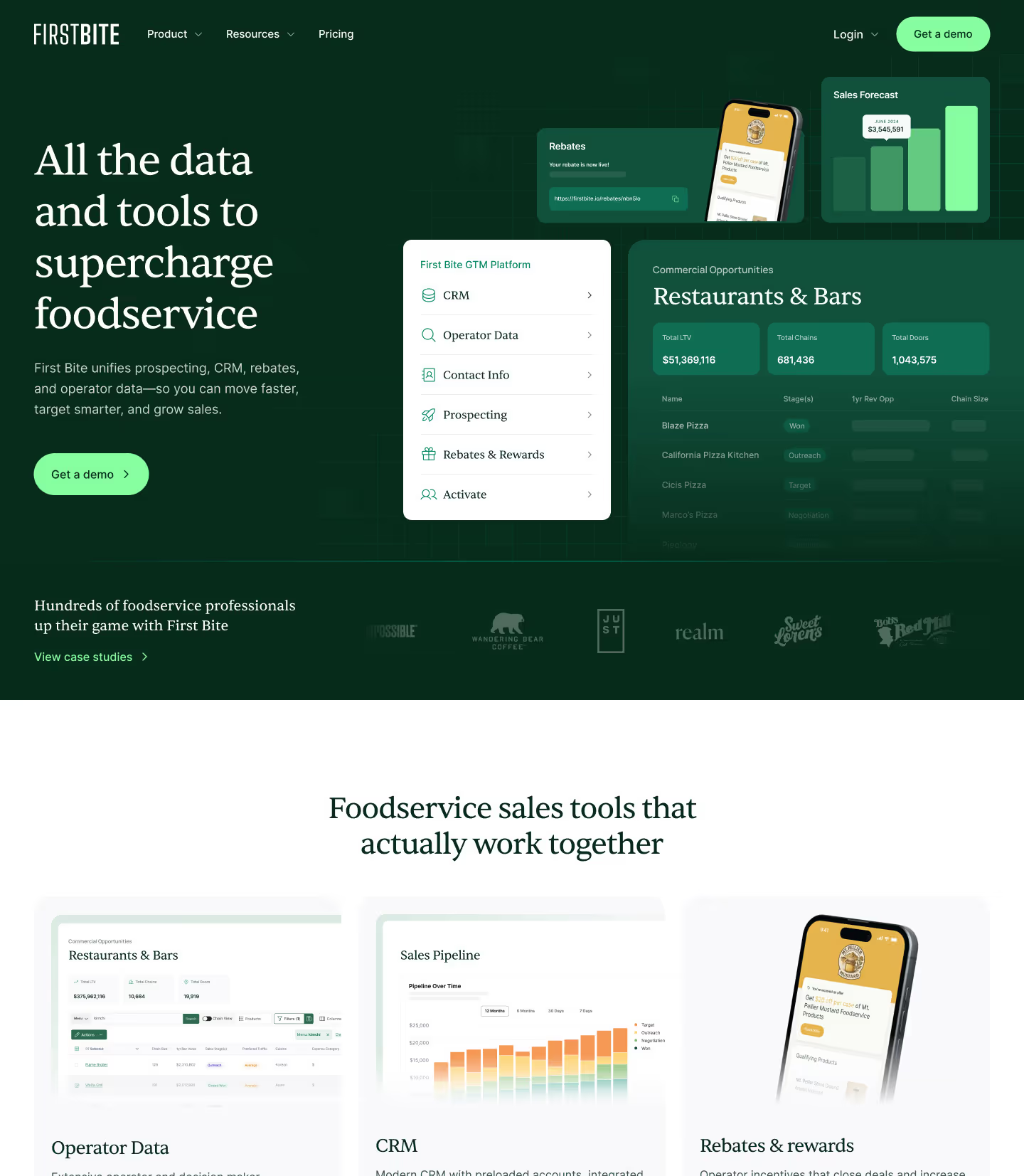
First Bite
Credible, conversion-focused website for a B2B foodservice platform targeting enterprise accounts
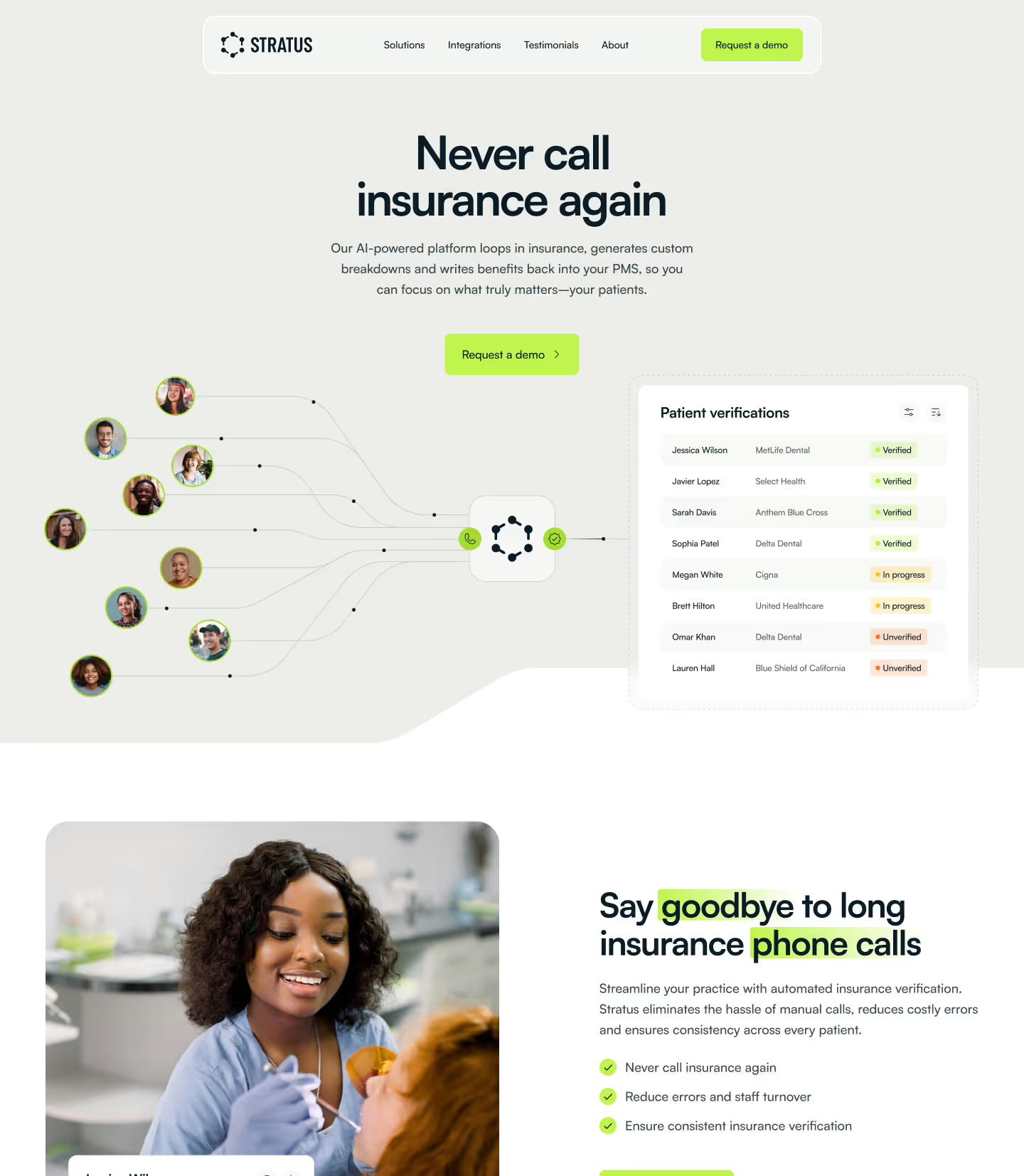
Stratus
Streamlined Webflow site enabling a $600k ARR insurance tech startup to generate qualified online leads

Oply
Bold, quirky website driving 35% more conversions for an AI-powered home maintenance mobile app
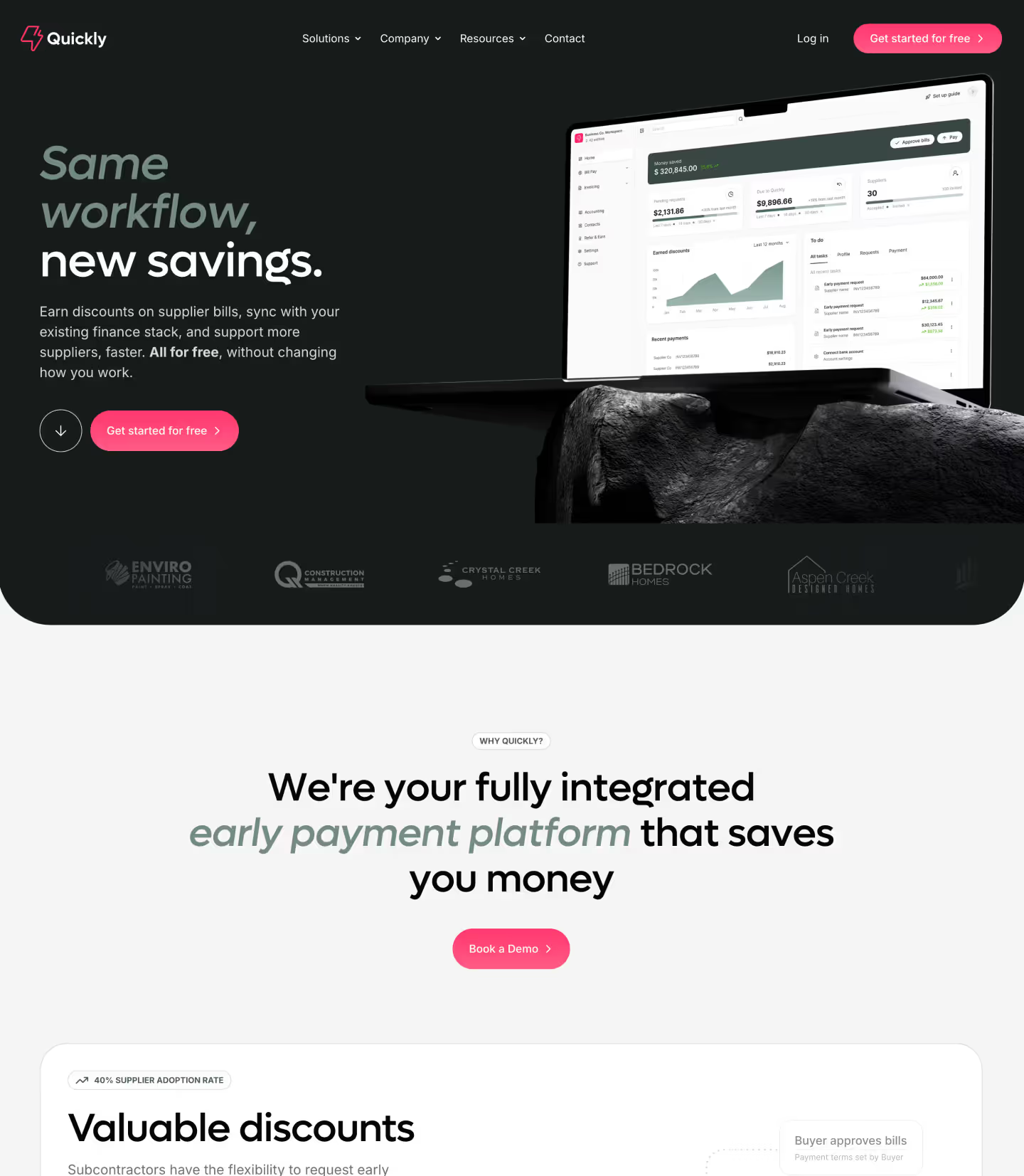
Quickly
Scalable, enterprise-ready Webflow website for a high-growth, early payment fintech startup
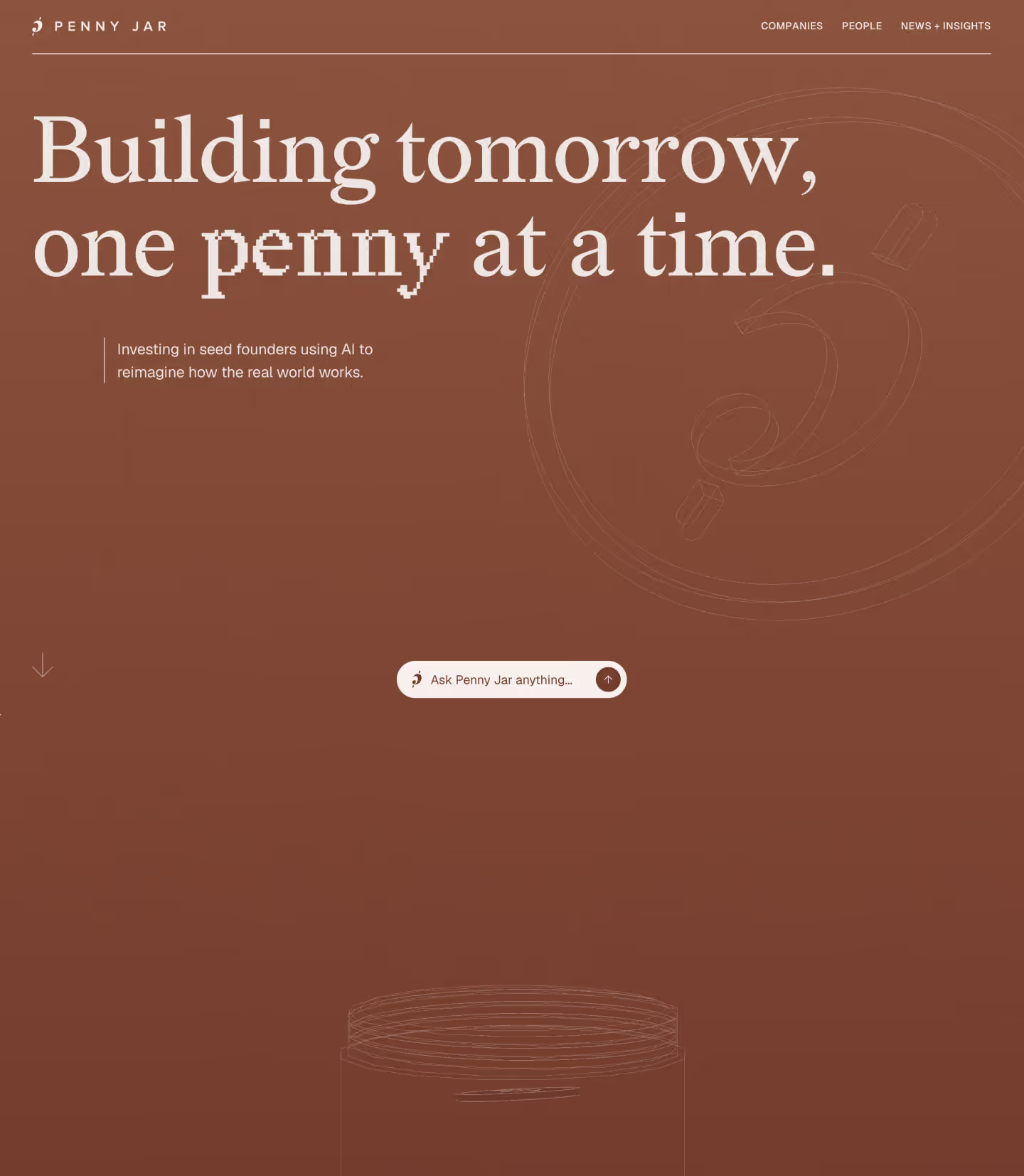
Penny Jar Capital
Immersive website for a VC that prioritizes AI-powered interactions over traditional, content-heavy pages

Placer Solutions
Modular Webflow website supporting multiple business segments in construction tech

Ducky
Engaging Webflow website for an AI startup that helped secure $2.7M in pre-seed funding
Need a Webflow website fast?
Premium Webflow templates built for speed and conversions

FAQ
Your Webflow questions answered
Webflow offers the speed and flexibility modern startups need. I can deliver complex, pixel-perfect sites in weeks, not months.
After launch, you’ll be able to easily add, edit or remove content quickly with the powerful Webflow CMS and page builder template – no dev team required. Learn more about my Webflow process.
A small to medium site typically takes about 2–8 weeks from kickoff to launch. Webflow’s low-code approach helps me move fast while still crafting a standout, fully responsive site.
To meet the needs of early-stage startups, I have a simple three-tier pricing structure. Rates start at $3,000 for a basic template-based site and can go up to $15,000+ for larger, more custom builds. During our discovery call I’ll walk you through each package and suggest the best route based on your needs. Ready to get started? Let’s talk.
Absolutely! My maintenance plan gives you a monthly bank of hours for updates, new pages or any tweaks you need – keeping your site fresh and highly-optimized without the overhead of a full-time dev.
Discovery
I’ll send you a short questionnaire to gather your goals, success metrics and design preferences. After that, we’ll hop on a 30-minute call to review your responses and dive deeper. By the end, I’ll have everything I need to set the stage for a successful project.
Design
With clear objectives in mind, I get straight into shaping the website’s look and feel. I present 2–3 design concepts so it’s easy to see which resonates most. Once we finalize the direction, I move on to designing the homepage and any necessary internal pages.
Develop
My Webflow process is built around reusable components, ensuring consistent design across your site and giving you the freedom to make big updates—or even create new pages—all on your own. Once everything is thoroughly tested, I add finishing touches like SEO and performance optimizations.
Deliver
When your domain and hosting are set, launching is just a click away. I’ll then share a few quick Loom videos to walk you through site management, so you can edit and update with ease.
Sounds good? Let’s get started on your Webflow project.





